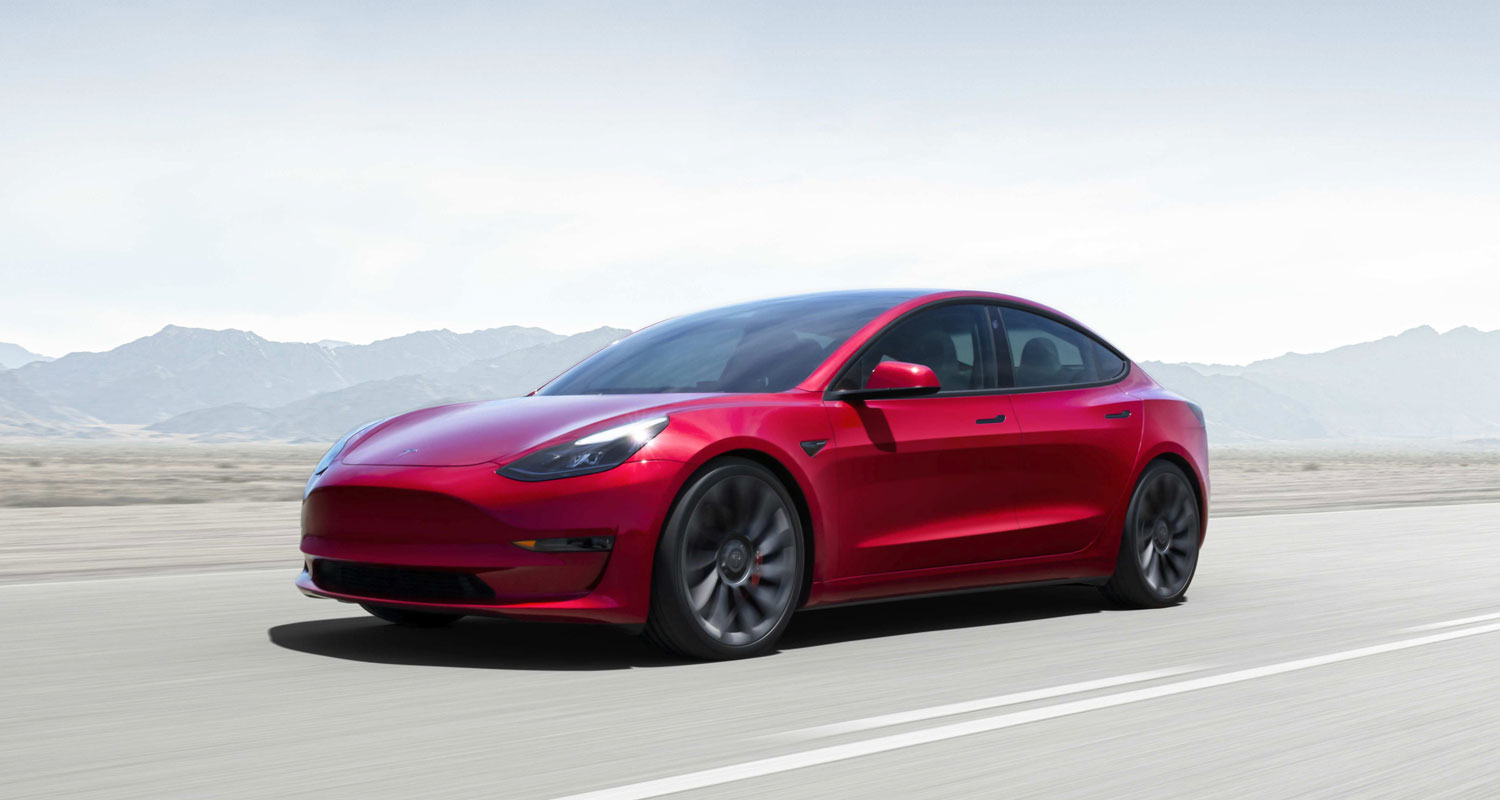
The tailspin in Tesla shares accelerated on Tuesday, marking their longest losing streak since 2018, as a report of a plan to temporarily halt production at its China factory rekindled fears about demand risks.
Shares of the Elon Musk-led company closed down 11% at US$109.10, for the seventh straight decline and its steepest one-day drop since April. The electric vehicle maker’s market valuation has shrunk to roughly $345-billion, below that of Walmart and Nvidia. This latest selloff also cost Tesla its position among the 10 highest valued companies in the S&P 500 Index, a distinction it had held since joining the benchmark in December 2020.
News of reduced output in Shanghai comes on the heels of last week’s report that Tesla was offering US consumers a $7 500 discount to take delivery of its two highest-volume models before year-end, combining to intensify concerns that demand is ebbing. For Tesla, whose valuation is pinned on its future growth prospects, these worries reflect a significant risk.
“Most of the stock’s weakness this year is due to indicators showing flagging demand globally,” said Craig Irwin, an analyst at Roth Capital Partners. Tesla’s estimated revenue growth “is still amazing, but not $385-billion market valuation-type amazing”, he said, referring to the value at the end of last week.
Analysts on average expect revenue to grow 54% in 2022 and 37% in 2023.
The hope that Tesla will be the leading EV company in a future dominated by electric cars drove a spectacular eight-fold rally in the shares in 2020, earning its place in the S&P 500 and at one point making it the fifth most valuable stock in the gauge.
But this year the unwinding has come equally fast. It has lost 69% its value amid Musk’s Twitter takeover and related distractions, investor jitters about growth assets and, most recently, worries that high inflation and rising interest rates will dampen consumers’ enthusiasm for EVs.
Peaked
“Our sense is the company’s market share has peaked and concerns about its over-reliance on China for profits and the factory shutdown are weighing on the stock,” said Jeffrey Osborne, an analyst at Cowen. Tesla “appears to have burned through its backlog as they are resorting to promotions to move cars and delivery lead times are one to two weeks in the majority of the world.”
Wall Street analysts started flagging warnings about EV demand earlier this month, with the average 12-month price target for Tesla falling 10% since the end of November. Meanwhile, the average adjusted earnings estimate for 2022 has declined over 4% from just three months ago.
Tesla has now seen around $720-billion of shareholder value evaporate this year. The collapse is among the biggest contributors to the S&P 500’s decline in 2022, after Amazon.com, Microsoft and Apple.
Read: Tesla isn’t having the epic end to the year that Musk predicted
Still, analysts’ overall stance on Tesla remains bullish, with the highest share of buy or equivalent ratings since early 2015.
Read: Tesla’s long-delayed Cybertruck could go into mass production in 2023
“Despite the stock’s performance, Tesla’s innovation curve appears to be accelerating, a stark contrast to other large tech companies whose incremental product updates appear stagnant at best,” Canaccord Genuity analyst George Gianarikas wrote in a note last week. He added that “green shoots” of recovery may appear in 2023. — Esha Dey, (c) 2022 Bloomberg LP




